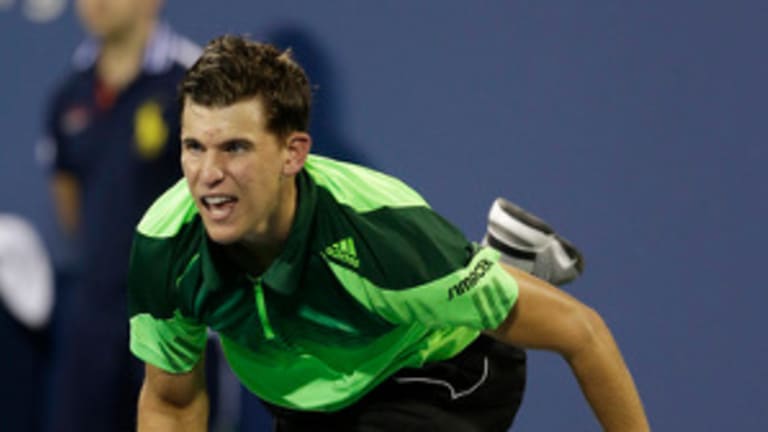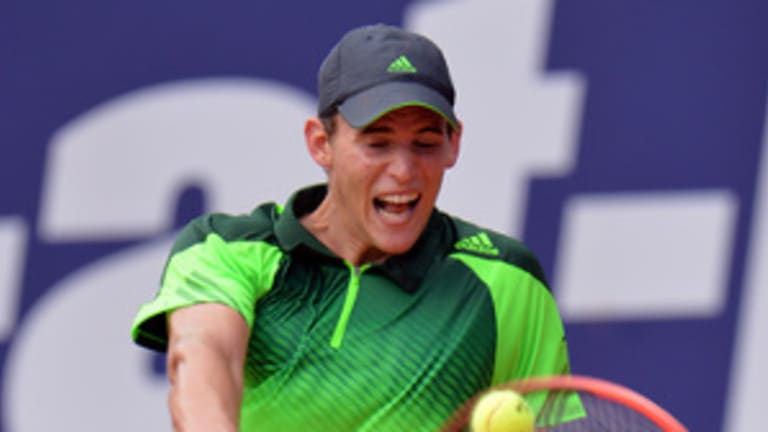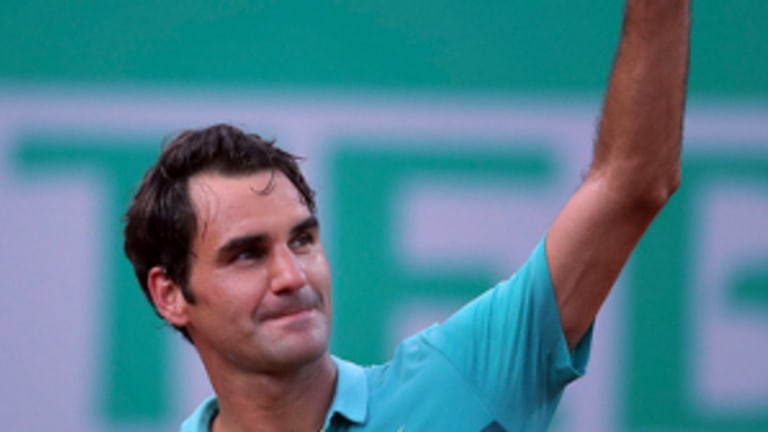“That caught him by surprise,” the TV commentator said as Dominic Thiem shanked a backhand high and wide of the court.
“I think Thiem has just been over-pressing a little all match,” the same commentator said after the next point, in which the 21-year-old Austrian launched a forehand 10 feet long.
“He was caught out of position on that one,” was how the announcer described the following point. This time, Thiem’s opponent, Stan Wawrinka, had pushed him off the baseline with a heavy backhand, and then, seeing the opening in the front court, sliced a delicate drop shot into it. Thiem came up a step short when he tried to track it down.
This made the score 5-4, 40-0 in the second set; triple match point for Wawrinka. There hadn’t been much difference between the two players on this day. Wawrinka had won the first set in a tiebreaker, and had broken Thiem once in the second. Despite their nine-year age difference, the two men’s games had looked like mirror images much of the time. You might even call Thiem a Baby Wawa: He has similarly heavy shots, a similar bullet serve, and the same signature stroke, a big-whip, one-handed backhand.
Still, only one of them could win, and now Stan stood a point away. He spun a serve in. Thiem, perhaps remembering that he had tried for too much on his forehand earlier in the game, overcompensated and guided a backhand return safely into the center of the court. A little too safely. Wawrinka smacked it away for a 7-6 (3), 6-4 win. Nothing that Thiem had tried in that final game had worked out as planned.
Such is life for an up-and-coming men’s tennis pro in 2015. As the game has aged, and stars’ primes have extended into their 30s, the learning curve for the next generation has also grown longer. So long, in the cases of ever-hopefuls like Tomas Berdych, Gael Monfils, Grigor Dimitrov, Milos Raonic, Jo-Wilfried Tsonga and others, that it can seem at times as if we’ll never find out whether they’re going to fulfill their potential or not. From the physical to the technical to the tactical to the psychological, tennis has never required such an extended and intensive apprenticeship. Wawrinka himself didn’t learn how to mine the most from his big game until he was nearly 30.


